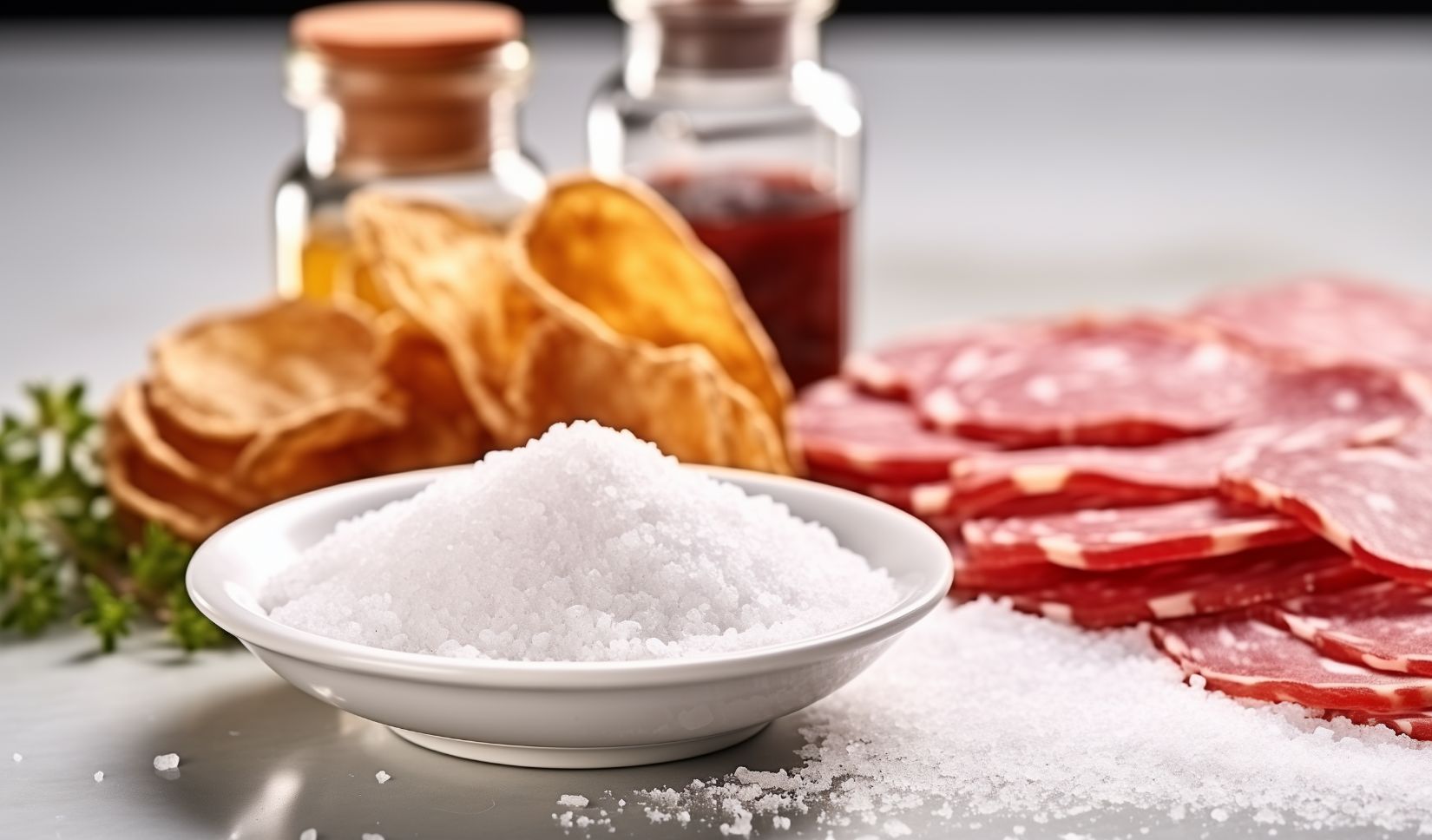One of the best choices an individual can make for their long-term heart health is reducing sodium intake. This means using less salt when cooking and less salt, if they use any, to season their food. It also means carefully reading packaged foods’ labels, as many processed foods contain high sodium levels.
What does sodium do to the body?
Consuming high amounts of sodium causes the blood pressure to increase. When an individual has chronic high blood pressure, they face a greater risk of heart attack, heart failure, and stroke. This is why heart-healthy lifestyles prioritize reducing one’s sodium intake.
It’s important to remember that a moderate amount of sodium is essential for a heart-healthy, balanced routine. Sodium plays a key role in various body processes, such as maintaining plasma volume, balancing acids and bases, transmitting nerve impulses, and normal cell function. That said, it is very uncommon for an American to face a sodium deficiency—most Americans consume far more sodium than they need.
Why is sodium bad?
Generally, it is not helpful to broadly label any food or food group as “bad.” Like many other elements in foods, such as fats and sugars, sodium can be harmful if consumed excessively. The risks associated with excessive sodium intake include heart failure, heart attack, and stroke.
According to The Dietary Guidelines for Americans, the average American consumes about 3,400mg of sodium daily. A significant amount of this sodium comes from packaged and prepared foods. Many people don’t realize how much sodium is in these foods, making it easy for excessive sodium to sneak into their daily intake.
How much sodium should I eat per day?
The Dietary Guidelines for Americans recommends consuming no more than 2,300mg of sodium daily. This is approximately one teaspoon of table salt.
Why is sodium bad for your heart?
Excessive sodium intake is associated with fluid retention, which causes high blood pressure. The harder the heart has to work, the more pressure is put on the arteries, which increases the individual’s risk of a blocked or burst artery. This can damage the heart by restricting the amount of blood that can flow back to it, putting the individual at risk of heart disease.
What foods are high in sodium?
Generally, packaged and highly processed foods tend to be higher in sodium than minimally processed foods. A few specific foods that tend to be high in sodium include:
- Deli meats
- Salty and savory snacks like potato chips
- Packaged and frozen meals
- Convenience foods like canned vegetables and boxed potatoes
- Canned and cured meats like hot dogs and sausages
- Packaged sauces and dressings
- Shellfish
What to eat for a low-sodium lifestyle?
One of the most effective ways to reduce sodium intake is to prioritize whole and unprocessed foods. This includes fresh produce and unprocessed protein sources, like unseasoned chicken breasts. One can substitute herbs and other seasonings instead of salt to create heart-healthy meals when cooking.
When shopping for sauces, soup bases, and other packaged goods, it’s best to choose options labeled “low sodium” and “no salt added.” Additionally, it is essential to always read packaged foods’ nutrition labels, as sodium can show up in unexpected places.
What else can your members do to reduce their sodium intake? Read our blog post, Change your Salty Ways: Heart-Healthy Tips from a Dietician.
A low-sodium lifestyle is correlated with numerous health benefits, which is why all of our meal options contain low to moderate amounts of sodium. If you want to learn more about our medically tailored meal options and potentially bring them to your members, contact LiveWell with Traditions today.



